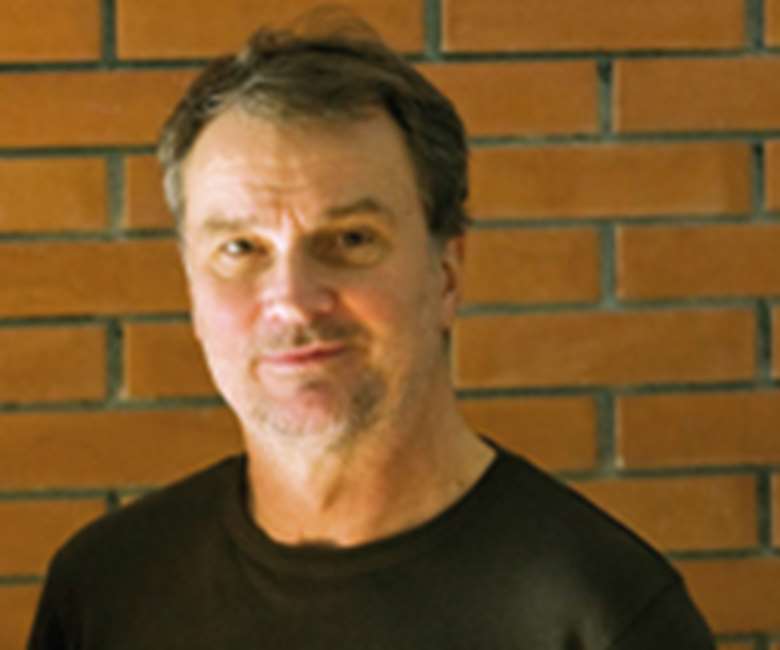Bobo Stenson - Inner Vision
Wednesday, August 27, 2008
Bobo Stenson is one of the most revered European pianists with a track record that includes key recordings with Jan Garbarek, Charles Lloyd and Tomasz Stanko. As his latest solo disc Cantando is released he talks to Stuart Nicholson about his early days in Sweden, the distinctly European nature of his approach to jazz and the way the music has developed over the course of his career.


Register now to continue reading

Thank you for visiting Jazzwise.co.uk. Sign up for a free account today to enjoy the following benefits:
- Free access to 3 subscriber-only articles per month
- Unlimited access to our news, live reviews and artist pages
- Free email newsletter